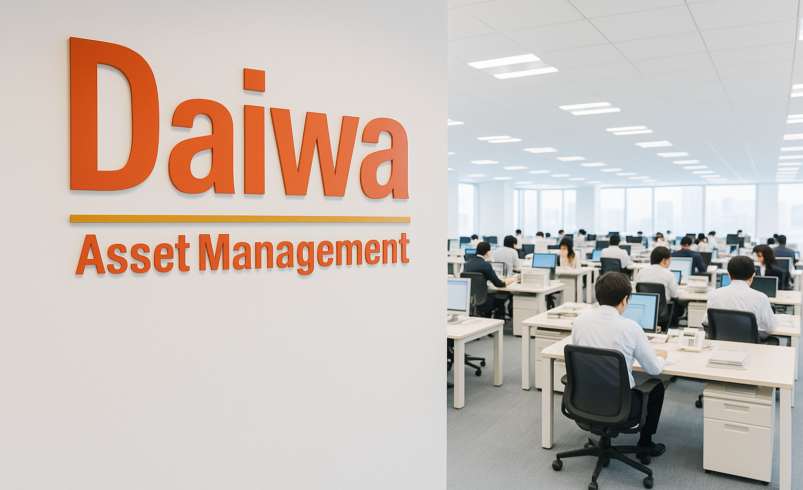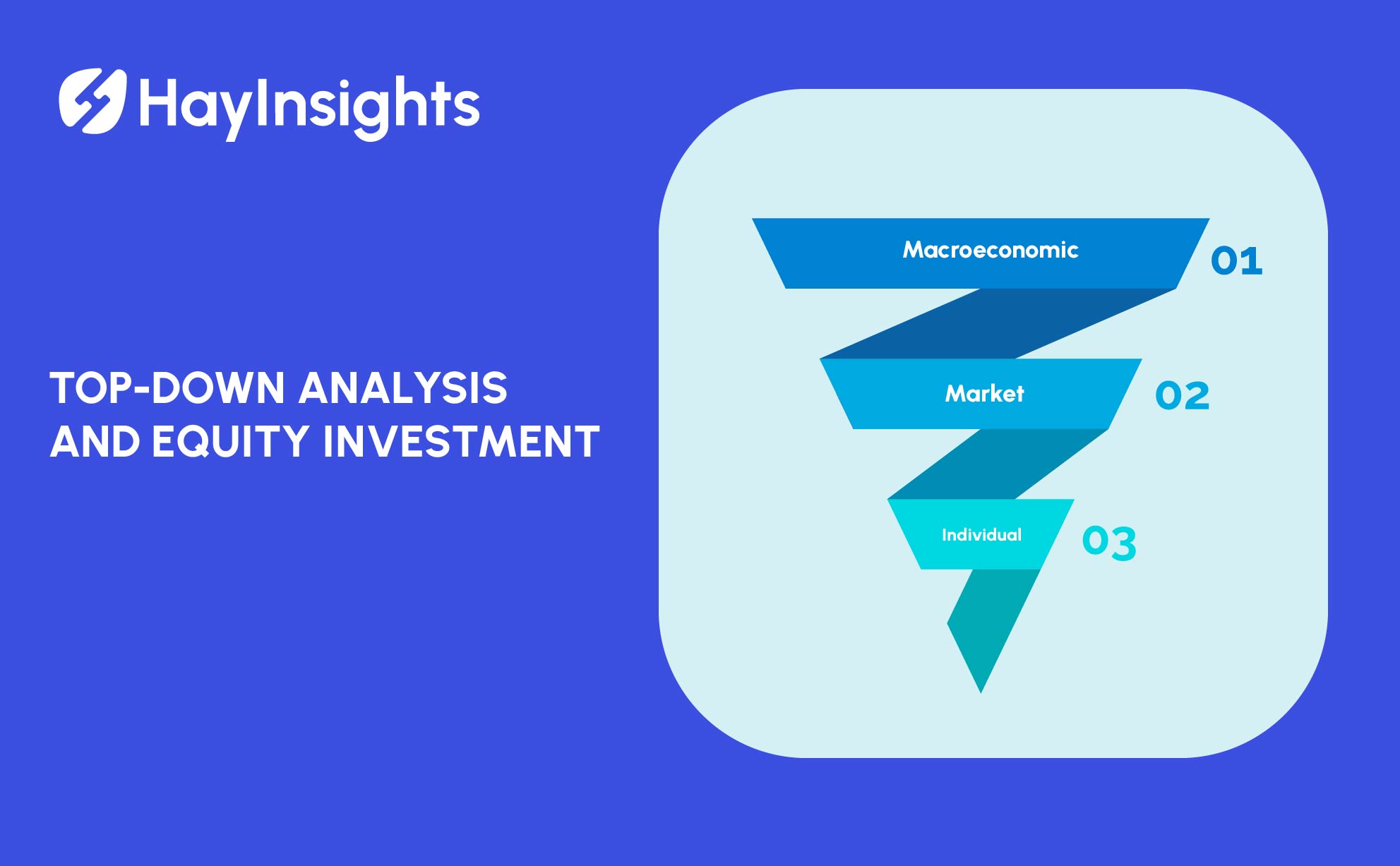
Maximizing Mutual Funds Growth with Japan’s new NISA 2024
The Japanese financial landscape offers a range of investment vehicles to both individual investors and corporations. One of the most effective tools for long-term growth, especially for those investing in mutual funds, is the NISA (Nippon Individual Savings Account) system. Introduced in 2014, NISA was created to encourage Japanese residents to invest by offering tax exemptions on profits. This system is particularly beneficial for mutual fund investors who seek to grow their portfolios over time without the burden of taxes on capital gains and dividends.
In this article, we will explore what NISA is, how it impacts mutual fund investments, and how investors in Japan can maximize its benefits to grow their wealth.
1. What Is NISA? An Overview
NISA, short for Nippon Individual Savings Account, is Japan’s version of the Individual Savings Account (ISA) in the UK, designed to promote personal investment. There are two main types of NISA accounts: Standard NISA and Tsumitate NISA.
- Standard NISA: Offers a broader range of investment options, including mutual funds, stocks, ETFs, and bonds. Investors can contribute up to ¥1.2 million annually, and any gains, whether from capital appreciation or dividends, are tax-free for up to five years.
- Tsumitate NISA: Focuses more on long-term, consistent investment. It allows investors to contribute up to ¥400,000 annually and encourages regular, smaller contributions. Like the Standard NISA, all gains are tax-free, but the investment period extends to 20 years, making it ideal for long-term savers.
By using NISA, individuals can take advantage of tax-free investment opportunities, which is a significant benefit given that, under normal circumstances, capital gains and dividends are taxed at a rate of 20%.
2. How NISA Benefits Mutual Fund Investors
Mutual funds are a popular investment choice in Japan because they offer diversification and professional management of assets. By combining mutual fund investments with a NISA account, Japanese investors can enhance their returns in several ways:
- Tax-Free Gains: Under the NISA system, all capital gains and dividends earned from mutual fund investments are exempt from taxes for the specified period. This is particularly advantageous for long-term investors who aim to accumulate wealth over time, as taxes can significantly erode returns.
- Increased Investment Limit in Standard NISA: Investors in Standard NISA can invest up to ¥1.2 million annually across various assets, including mutual funds. This allows for greater flexibility in building a diverse portfolio.
- Tsumitate NISA for Steady Growth: The Tsumitate NISA is particularly suited for mutual fund investors who prefer regular, systematic investments, known as dollar-cost averaging. By investing smaller, consistent amounts over time, investors can benefit from reduced volatility and the compounding of tax-free returns.
3. Maximizing Mutual Fund Investments with NISA
To maximize the benefits of NISA when investing in mutual funds, it’s important to adopt the right strategy. Here are some tips to help investors get the most out of their NISA accounts:
A. Choose the Right Type of NISA
Both Standard and Tsumitate NISA offer unique benefits depending on your investment style:
- Long-Term Investors: If you’re looking to invest regularly for long-term goals such as retirement, Tsumitate NISA is the better option. Its longer tax-free period (20 years) aligns well with long-term mutual fund investments. The regular contribution model also suits investors who prefer a disciplined approach to building their portfolios.
- Investors Seeking Flexibility: If you want more flexibility in terms of how much and where you invest, Standard NISA offers a higher annual contribution limit. It allows for a more diverse range of investments, including growth-oriented mutual funds that can yield higher returns in a shorter period (5 years of tax exemption).
B. Select High-Performing Mutual Funds
Not all mutual funds are created equal. It’s crucial to choose funds that align with your investment goals and risk tolerance. Consider factors like:
- Fund Performance: Look for mutual funds with a strong track record of performance.
- Management Team: Invest in funds managed by experienced professionals with a deep understanding of the market.
- Expense Ratios: Lower expense ratios translate to more of your money staying invested, thus compounding your gains over time.
- Sector Diversification: Diversifying across different sectors can reduce risk and improve long-term performance.
NISA’s tax-free structure amplifies the returns of high-performing funds, so picking the right mutual funds is key to maximizing your gains.
C. Reinvest Dividends
NISA allows dividends from mutual funds to remain tax-free, but to fully capitalize on this benefit, consider reinvesting your dividends rather than withdrawing them. Reinvesting dividends into the mutual fund increases your holdings, allowing your investment to compound over time and grow faster than it would with withdrawals.
D. Make Full Use of the Annual Contribution Limit
To maximize your tax-free gains, ensure you contribute the full amount allowed by your NISA account. For Standard NISA, this means investing up to ¥1.2 million annually, while for Tsumitate NISA, it’s ¥400,000. Even if you can’t reach the full limit, try to invest as much as possible to take full advantage of the tax exemptions.

4. The Role of NISA in Retirement Planning
Japan has an aging population, and planning for retirement is becoming a key concern for many investors. Mutual funds offer a good balance of growth potential and diversification, making them an excellent option for retirement savings. NISA enhances this by allowing retirees or those planning for retirement to grow their investments tax-free.
For those using Tsumitate NISA, the long-term nature of the account—combined with the regular contribution model—makes it a powerful tool for accumulating retirement savings over 20 years. By investing consistently and taking advantage of the tax benefits, Japanese investors can build a sizable nest egg for their later years.
5. Key Differences Between NISA and iDeCo
While both NISA and iDeCo (individually defined contribution pension plans) offer tax advantages, they serve different purposes. iDeCo is specifically designed for retirement savings and offers tax deductions on contributions, while NISA focuses on encouraging general investments with tax-free gains.
For mutual fund investors, NISA provides more flexibility in terms of access to funds (iDeCo funds are locked until retirement age) and the types of investments allowed. Combining both NISA and iDeCo can create a robust, tax-efficient strategy for long-term financial planning.
Conclusion: Harnessing NISA for Mutual Fund Success
The NISA system is a valuable tool for mutual fund investors in Japan. By offering tax exemptions on gains and dividends, it significantly enhances the growth potential of mutual fund investments. Whether you’re using Standard NISA for short-term flexibility or Tsumitate NISA for long-term wealth building, understanding how to maximize the benefits of this system is key to achieving financial success. By choosing the right mutual funds, reinvesting dividends, and making full use of the annual contribution limits, investors can position themselves for sustained growth and financial security.













